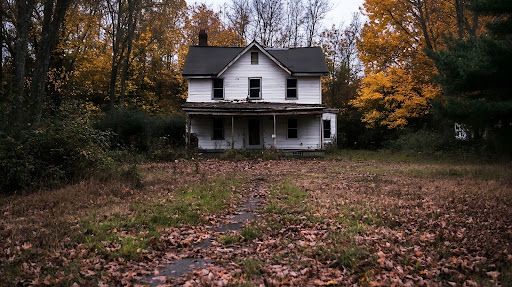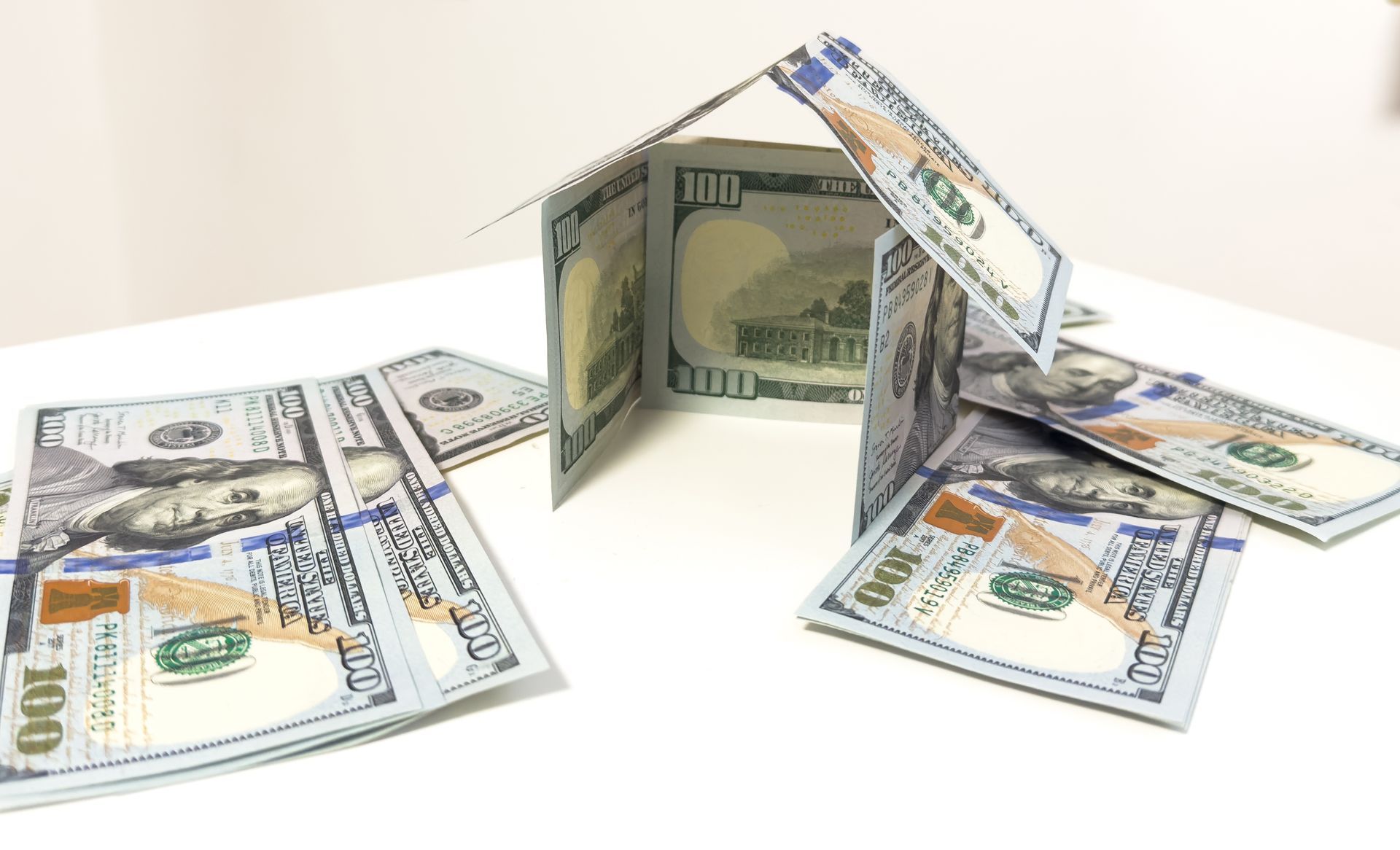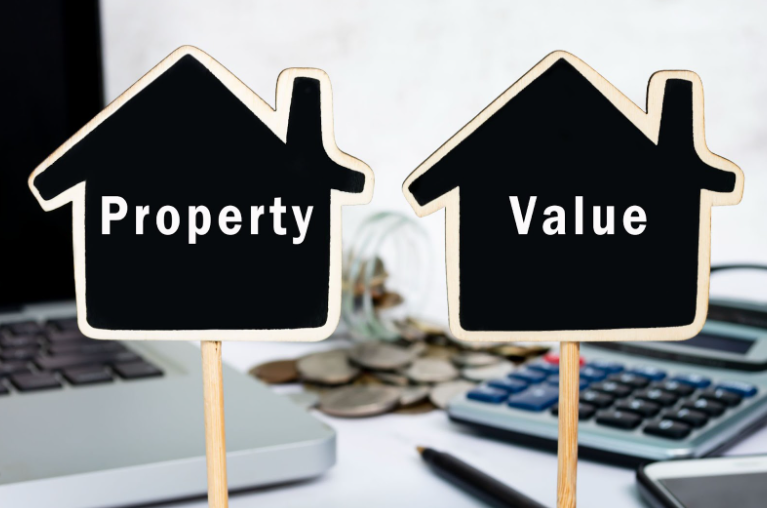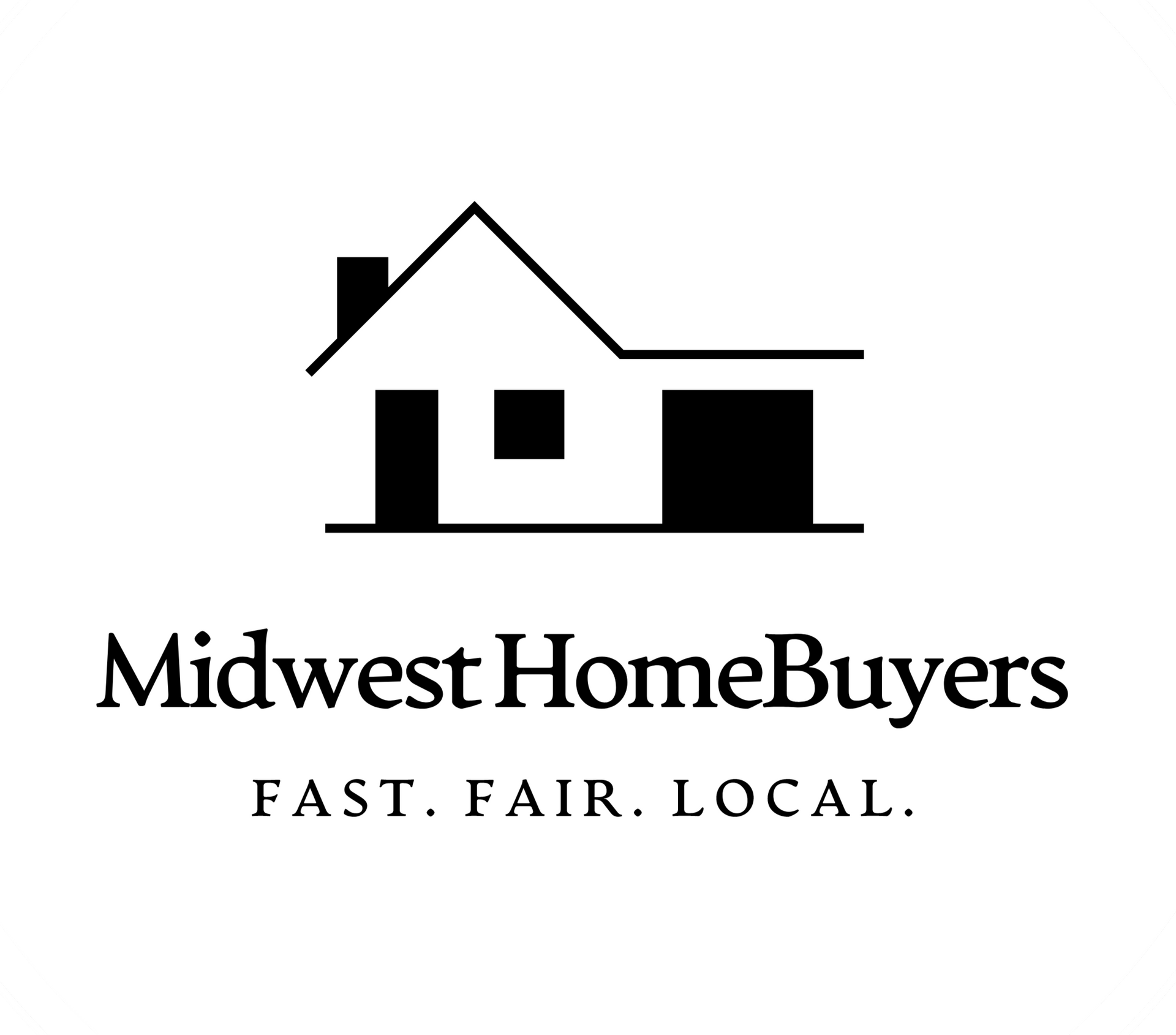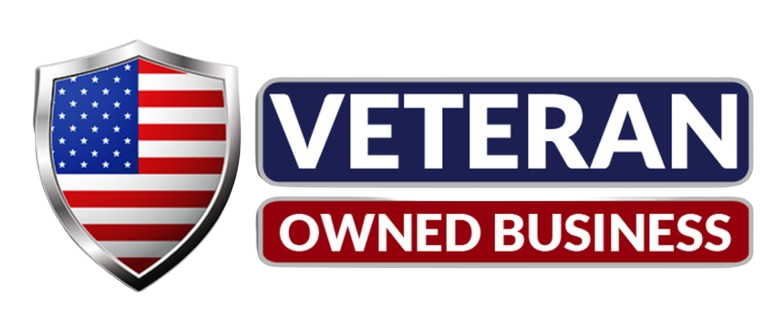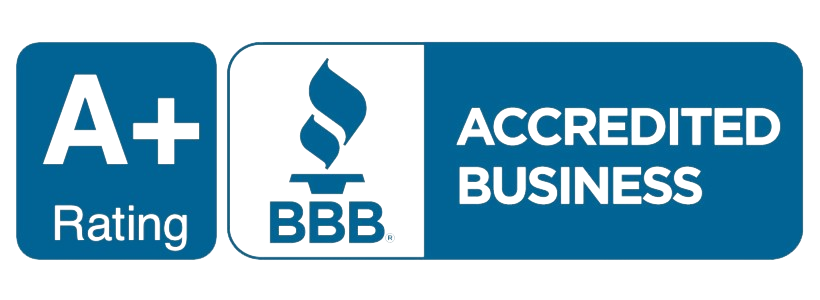Navigating the Fix-and-Flip Strategy in the Midwest's Quad Cities
The fix-and-flip strategy is a popular real estate investment approach that appeals to investors looking to capitalize on short-term profits. This strategy involves purchasing a property, making necessary renovations, and then selling the property at a higher price. The appeal lies in the potential for substantial returns within a relatively short period. Investors are particularly drawn to the Midwest, especially the Quad Cities area, due to its affordable housing market and promising opportunities for value appreciation. This region's economic stability and lower entry costs make it an attractive option for both novice and seasoned investors.
The process of fix-and-flip typically begins with identifying a suitable property. Investors then assess the renovation needs, perform the necessary upgrades, and finally sell the property. The goal is to increase the property's value significantly above the total investment cost, which includes the purchase price and renovation expenses. In the Quad Cities, the combination of a burgeoning real estate market and economic growth presents an enticing landscape for those interested in this investment strategy.
Evaluating Potential Properties in the Quad Cities
When selecting properties for fix-and-flip projects, several key factors must be considered. Location is paramount, as it influences both the purchase price and the potential resale value. Understanding neighborhood trends, such as crime rates and school quality, can provide insights into future property values. The property's condition is also critical; a thorough inspection can reveal hidden repair costs that may impact profitability.
Investors have access to a range of tools and resources for property evaluation. Local real estate databases and market reports offer valuable information on property values and trends. Additionally, conducting comprehensive inspections is crucial to identify any underlying issues that could affect renovation costs. For more information on real estate evaluation tools, you can refer to
this article.
Estimating Repair and Renovation Costs
Accurately estimating repair and renovation costs is essential for a successful fix-and-flip project. This process involves considering labor, materials, and the time required to complete the renovations. Common projects that add value include kitchen and bathroom upgrades, which are particularly popular in the Midwest. Typical costs for these renovations can vary, but understanding local pricing trends can help create a realistic budget.
Creating a detailed budget and timeline is crucial, as unexpected expenses can quickly erode profits. It's important to account for potential delays and additional costs. Finding reliable contractors and suppliers in the Quad Cities area can also help manage costs and ensure quality work.
Calculating Expected Returns
Calculating the After Repair Value (ARV) is a fundamental step in determining the potential profit of a fix-and-flip project. The ARV represents the estimated value of the property after renovations are completed. This figure is crucial for setting realistic selling prices and purchase offers. Estimating the selling price involves analyzing comparable sales in the area to gauge market trends.
One common guideline used by investors is the 70% rule, which suggests that the purchase price should not exceed 70% of the ARV minus renovation costs. This rule helps ensure profitability by providing a buffer for unexpected expenses. For a detailed guide on calculating ARV and expected returns, visit
this.
Understanding the Local Market's Appetite for Renovated Homes
The Quad Cities real estate market currently shows a healthy appetite for renovated homes. Factors influencing buyer preferences include location, property size, and modern amenities. Understanding these trends can help investors tailor their renovations to meet market demands.
Timing is also crucial in the real estate market. Selling at the right time can maximize sale prices and reduce holding costs. Local real estate experts often provide valuable insights into market conditions and future outlooks, helping investors make informed decisions.
Tips for Minimizing Risks in Fix-and-Flip Investments
Fix-and-flip projects come with inherent risks, such as budget overruns, extended timelines, and market fluctuations. Mitigating these risks involves thorough due diligence and contingency planning. Diversifying investment portfolios can also reduce exposure to market volatility.
Building a network of trusted professionals, including real estate agents, contractors, and financial advisors, is vital. These relationships can provide valuable guidance and support throughout the investment process. Real-life examples of both successful and unsuccessful projects in the Midwest offer lessons learned and highlight the importance of careful planning.
Maximizing Profit in Fix-and-Flip Ventures
Enhancing a property's appeal is key to attracting potential buyers. Simple improvements, such as boosting curb appeal and interior staging, can significantly impact the selling price. Effective marketing strategies, including virtual tours and online listings, broaden the reach to potential buyers.
Negotiation skills are also important in both the purchasing and selling stages. Securing favorable terms can optimize returns and ensure a successful investment.
Local Insights and Resources for Midwest Investors
The Quad Cities area offers numerous resources and organizations to assist real estate investors. Local real estate investment clubs and workshops provide networking opportunities and valuable insights. Additionally, local government programs may offer incentives, such as tax breaks or grants for property improvements.
Understanding the cultural and economic factors unique to the Quad Cities is crucial for identifying investment opportunities. Insights from local investors who have successfully navigated the fix-and-flip market can provide valuable guidance for those looking to enter this field.


